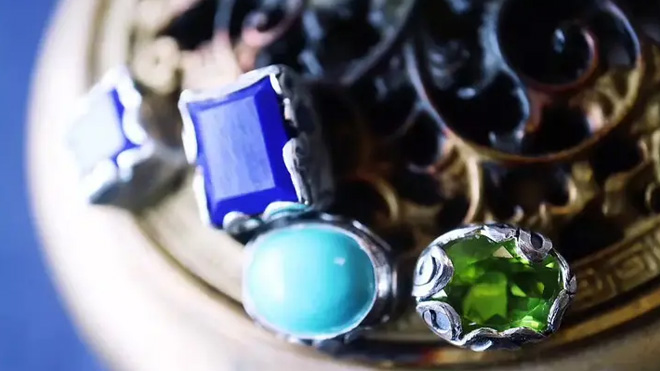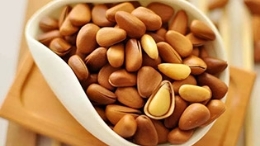Introduction
The inlaid processing of gemstones is an important technology for improving the quality of gems. In recent years, it has been used in a wide range of industries, and it has become popular with users.

Different kinds of gemstones
Gemstones are divided into three categories: diamond, ruby and sapphire. Gemstones are then further divided into two categories: diamond and ruby. The four types that fall under this category include diamonds, rubies, sapphires and spinels.
Inlaid processing is a method of setting gemstones in metal settings by using various techniques such as soldering or cementing them with molten silver or gold onto a base metal surface using an adhesive material such as epoxy resin or waxes (beeswax).
Inlaid processing of diamond
Diamond is the hardest natural material, and it’s not easy to cut and polish. Diamonds are often inlaid into jewelry, such as rings or bracelets.
Diamonds can be inlaid into gold, silver or platinum. The process of cutting and polishing diamonds has been around for a long time; however it’s still very difficult today because of how hard they are on their own – let alone when trying to cut them!
Inlaid processing of ruby
Ruby is a gemstone, which is the birthstone for July. It is also known as the “king of gems” and symbolizes love, passion and loyalty. The traditional gift for 15th wedding anniversary is ruby because it represents everlasting love.
Ruby has been used as an ornament since ancient times; however its use was limited until the discovery of large deposits in Burma (Myanmar) in 1880s by British explorers.
Inlaid processing of sapphire
Sapphire is a gemstone that belongs to the corundum family. It is transparent and highly valued for its hardness, durability and beauty.
Sapphires are often used as gemstones in jewelry pieces such as rings or earrings because of their vibrant colors and clarity.
Inlaid processing of spinel
Spinel is a mineral that has been used for thousands of years. It is composed of magnesium aluminum oxide, with the chemical formula MgAl2O4. Spinel can be found in many colors, including red, blue and green; however, pink spinels are most common and most desirable by collectors. Pink spinels were once thought to be rubies until they were discovered to be an entirely different species altogether!
Spinel has many applications outside of the gemstone industry; it’s also used as an abrasive material in products such as sandpaper or grinding wheels because it’s harder than other minerals such as corundum (sapphire).
Inlaid processing of emerald
Emeralds are a variety of the mineral beryl, and they can be found in many shades of green. Emeralds are considered to be the most valuable colored stones, with prices reaching over $10,000 per carat. The emerald is often used as an engagement ring stone because it symbolizes love and devotion. It’s also associated with healing properties because it promotes balance within one’s self.
Emeralds vary greatly in color depending on where they’re mined; however all types have high clarity and transparency which allows light to pass through them unimpeded creating bright green reflections from within the gemstone itself (this effect is called “schiller”). Emeralds are commonly treated with oil or waxes to enhance their coloration but these treatments will wear off over time leaving behind an unattractive dull gray appearance unless replaced periodically by new ones applied by professional jewelers at their discretion based on how much wear has occurred since previous treatment applications were made.[1]
Inlaid processing of zircon
Zircon is one of the hardest minerals, which makes it an ideal material for inlaid jewelry. Zircon is often used as a diamond substitute because of its hardness and durability. The mineral’s color can range from blue to yellow-green, but it’s most commonly found in shades of green or brown with gold flecks throughout the stone’s surface.
Zircons are also popularly used for making inlaid jewelry because they’re easy to work with and require minimal preparation before being set into a setting by a jeweler or artisan.
The grinding and polishing work can be done using advanced machine tools, reducing the risk and improving productivity.
1. Diamond grinding and polishing work is done using advanced machine tools such as CNC (Computer Numerical Control) machines, which are capable of performing precise operations on a small scale.
2. The use of these machines reduces the risk of damaging or breaking diamonds due to their high precision and accuracy in cutting off material from them. They also enable a more efficient use of resources like time, energy and manpower as they allow you to complete more tasks within a shorter period of time than if you were doing it manually without any help from technology at all!
Conclusion
Inlaid processing is a complex and delicate process, which requires professional knowledge and skills. However, with the help of advanced machines and equipment, this work can be done more efficiently and conveniently.


